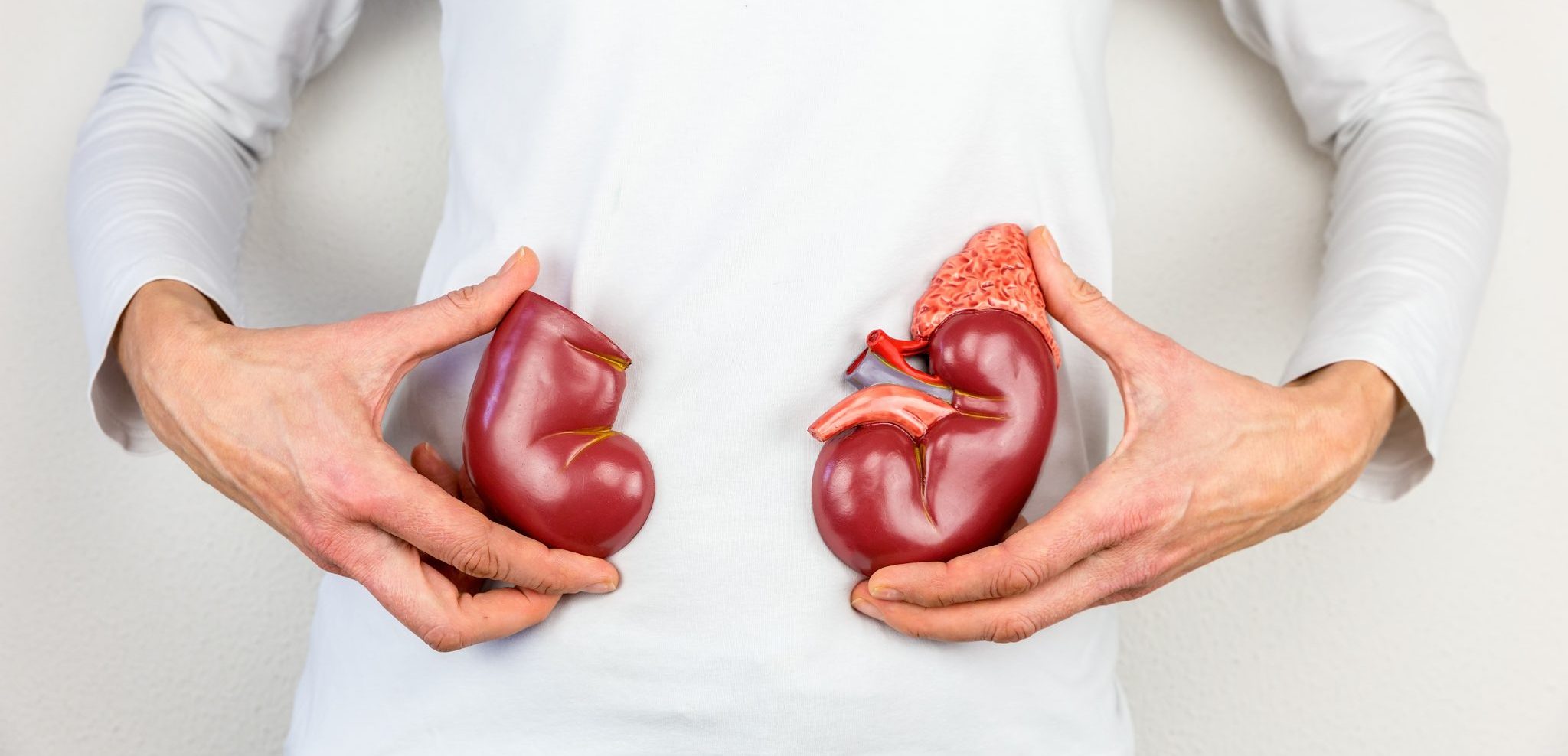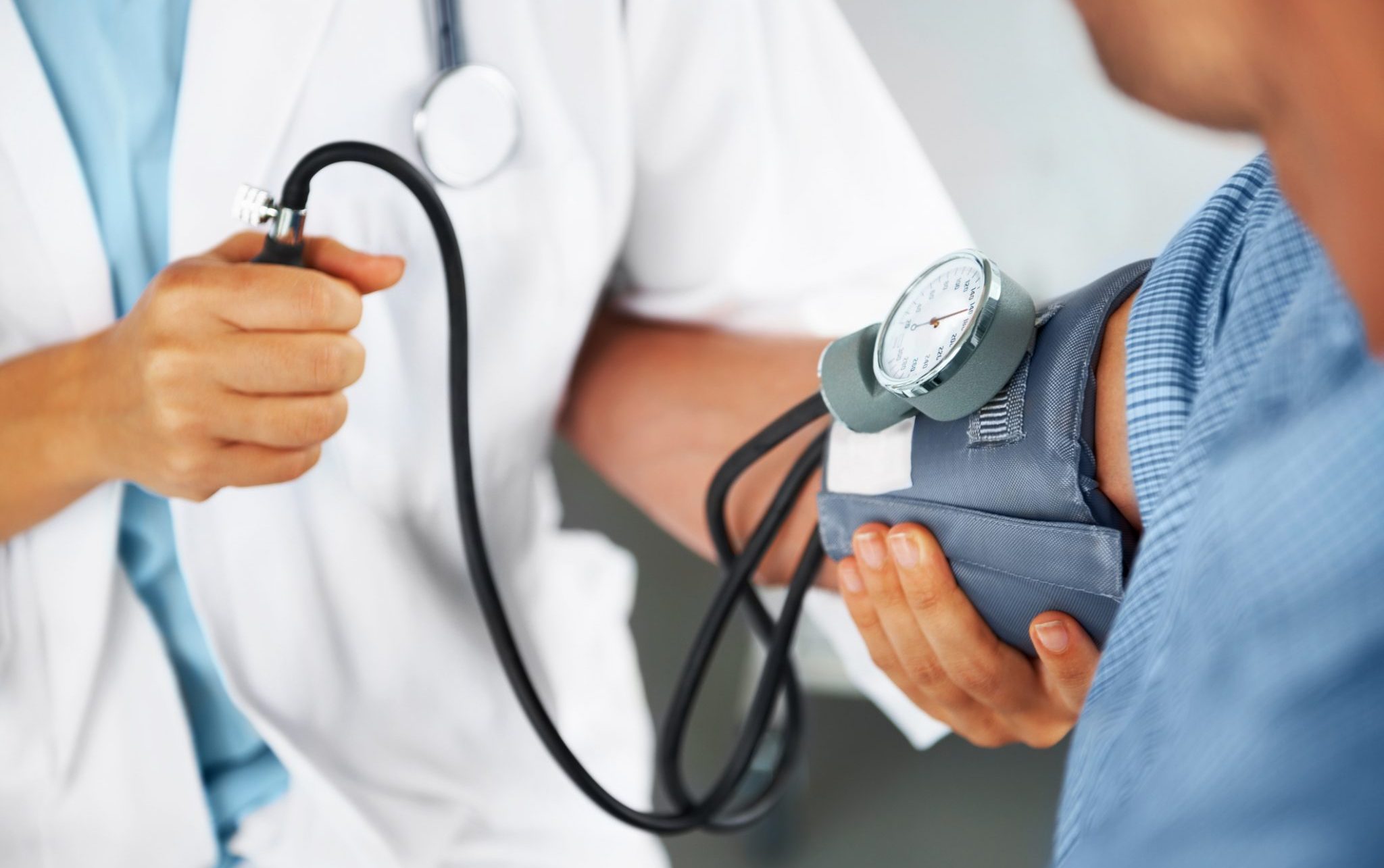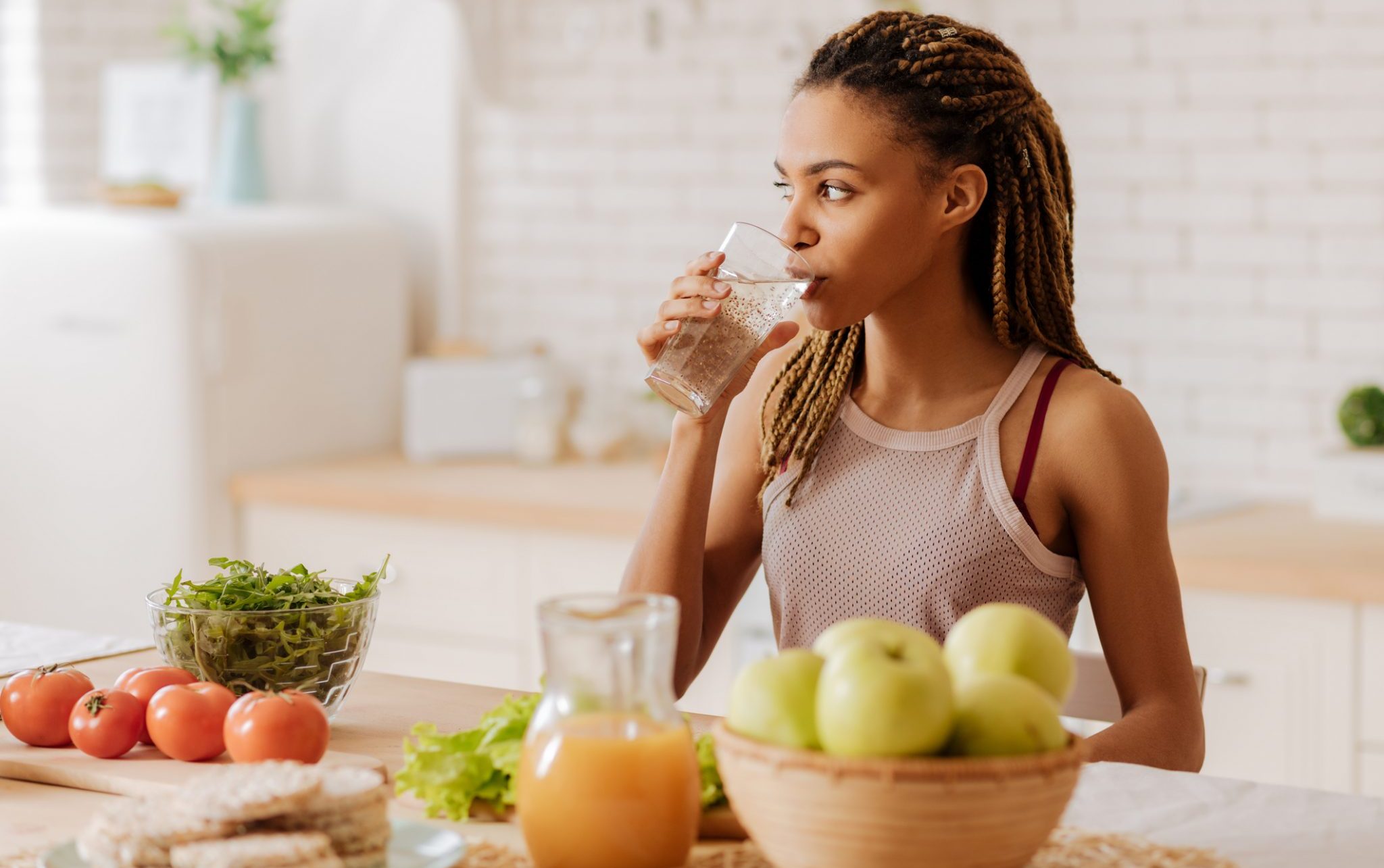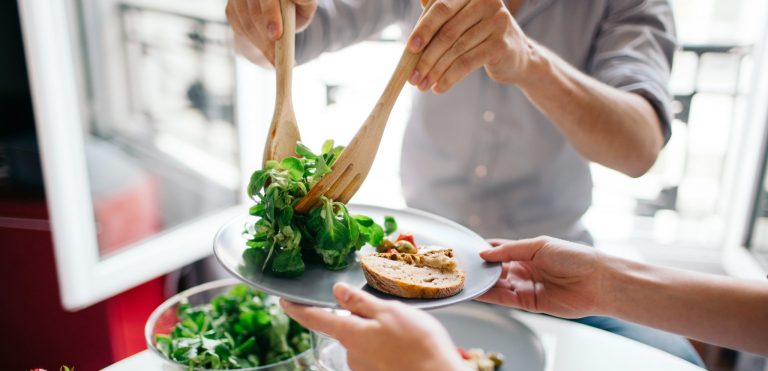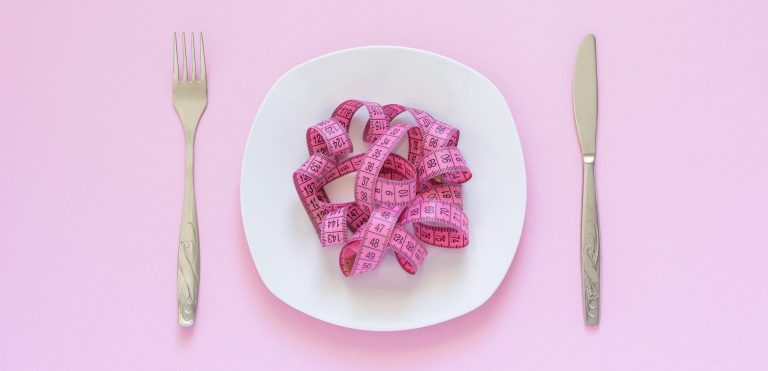Lower back acne that just won’t go away? Problems going to the toilet? Feeling off in general? These are all tell-tale signs of kidney pain. If you’ve been having issues with those bean-shaped organs of yours, you’ll know just how serious any one of these warning signs can be. In honor of World Kidney Day, we’ll take a closer look at the issue of kidney pain and what you can do about it.
What is kidney pain and disease?
Kidney disease affects 850 million people worldwide, it’s one of the lead causes of long-term illness. But, if you’ve got an ache, how do you know it’s kidney pain and not something else?
The truth is, until you get tested, you can’t be sure. There are some signs, however, you need to pay attention to.
- You have risk factors for kidney disease (diabetes, pre-diabetes, high blood pressure, kidney stones, etc.)
- You have frequent UTI infections
- You’re already a renal patient
- The pain is in your lower back, to the sides of the spine, and just below the ribs.
Do any of these statements sound familiar? If so, you need to get it checked out ASAP.
Where and how will I feel kidney pain?
The ache from your kidneys originates from those waste-filtering organs located in your abdominal cavity. Usually, if you’re experiencing kidney pain, you may notice it starts as a dull ache in your lower back but steadily increases in intensity.
This pain can soon spread to your abdominal area and around your hips. Leaving you achy almost all over.
You might also notice other signs that something isn’t quite right with your body, such as:
- Physical exhaustion or sleeping too much
- Foggy mind or confusion
- Overly emotional
- Raised temperature
- Swelling
- Extra fluid
- Shortness of breath
- High blood pressure
- Discomfort when going to the toilet
- Reddish color or blood when you pass urine
- Feeling not quite yourself
Depending on what causes your kidney pain, you may also observe more specific symptoms. If you’re experiencing any of these, consult with a physician immediately.
Kidney disease facts
- 10% of adults have Chronic Kidney Disease (CKD).
- Soon to be the 5th most common cause of decreased life-expectancy.
- 2-3% of the entire healthcare budget. That’s how much dialysis and transplantation cost a country.
- 90% that’s the amount of kidney function it’s possible to lose without experiencing any symptoms.
- The latest worldwide kidney transplant data shows that in one year alone 84,347 people received a new kidney!
- 4-5 inches long. That’s the length of the average kidney.
What causes kidney pain?
If you’ve been having those tell-tale signs that your kidney picture isn’t ideal, get it checked right away. But what could be causing you to feel this way?
There are lots of types of kidney-related issues that may give you discomfort. These are the most common kidney pain causes:
- Urinary Tract Infection – this can be located anywhere from your bladder, ureters, to your kidneys. Some infections go away on their own, others require more intense treatment. UTIs include location-specific types, such as Pyelonephritis, cystitis, and urethritis.
- Kidney stones – these are hard deposits of minerals that gather in your urinary system, causing pain and blockages. These stones often need to be broken up before they can pass or even, occasionally surgically removed. There are various types of kidney stones, including calcium, uric acid, struvite, and cystine.
- Polycystic kidney disease (PKD) – PKD causes cysts to form on the kidneys, eventually decreasing their function and leading to Chronic Kidney Disease. There are two types – ADPKD (autosomal dominant) and ARPKD (autosomal recessive). Did you know? YouTuber Philip DeFranco has PKD and uses his platform to raise awareness.
- Kidney dysplasia – also known as renal dysplasia or multicystic dysplastic kidney is a congenital kidney condition wherein the kidneys fail to form correctly. This leads to urine gathering within the kidney structure, forming cysts. Sarah Hyland, known for her role as Modern Family’s Haley Dunphy, is known for speaking out about her journey with kidney dysplasia.
- Dehydration – your kidneys may be hurting simply because you’re not drinking enough. Check your fluid intake and make sure you’re giving your waste filter system enough to function.
- Other kidney disease – this includes other cystic diseases, blockages in the kidney, and even kidney cancer.
Tests for kidney pain
When you go to the doctor to report kidney pain, there are some tests you may need to take to confirm what’s wrong with you exactly.
- Blood test – here, your doctor may be looking for an infection in your system. They may look for increased leukocytes, or even for markers of the infection itself. Other things that doctors are likely to look for are your ACR (albumin to creatinine ratio) and GFR (glomerular filtration rate). These indicate if your kidneys are struggling and how well they are functioning.
- Urine test – one of the quickest ways to get to the bottom of your kidney pain. A urine test can tell your doctor more about your kidney’s health and if any infections are present. They will check your urine for bacteria growth, and also for indicators of infection and damage, such as leukocytes and protein.
- Ultrasound – if your doctor suspects a specific kidney disease or inflammation exists, they may ask you to undergo an ultrasound. This is a painless test that looks at your kidneys and shows their size and structure.
If these tests are not enough, you might be asked to undertake additional testing. This can include: CT and MRI scans or even genetic testing.
After this your doctor will prescribe a course of treatment to help you treat your kidney pain and feel better.
Avoiding kidney pain
When wondering how to improve your kidney health, one of the best treatments is prevention rather than cure. To make sure your kidneys stay healthy pay attention to these vital elements:
- Watch your diet – the best foods for kidney health often include a lot of healthy, fresh vegetables. You’ll also need to intake a sufficient amount of water to flush your system thoroughly, unless you’re on a fluid restriction diet. Meanwhile, foods to avoid for kidney health include white breads, processed carbs and lots of red meat. So, check these off the list for now.
- Keep fit – if you’re not quite feeling yourself and experience tiredness it can be hard to keep motivated. But fitness is vital to your kidneys. Even a little bit of exercise a day can have a positive effect on your blood pressure. Keeping it in check is essential to your kidney health.
- Avoid NSAIDs and take your vitamins for kidney health – NSAIDs (non-steroidal anti-inflammatory drugs) can make your kidney’s condition worse. These include ibuprofen and naproxen, so best avoid at all costs. You’ll also need to be careful with other prescriptions, such as lithium and certain antibiotics. Meanwhile make sure you get a healthy dose of general vitamins and minerals to keep your system in check.
- Don’t get cold – Some say it’s an old-wives tale, others swear by it. But if you’re suffering from kidney problems, it doesn’t hurt to keep your kidney area wrapped up and toasty. This applies especially in the colder weather where you risk a chill.
How to celebrate World Kidney Day 2020?
If you’re wondering “when is World Kidney Day 2020?” It’s 12 March. But you don’t have to wait until kidney awareness day to take your kidney health into your own hands.
Do something great for your kidneys starting right now. Here are the 8 golden rules of healthy kidneys, designed for World Kidney Day 2020:
- Keep fit, be active – lower your blood pressure, keep active and feel better too.
- Eat a healthy diet – vitamins and minerals galore. Watch out for those fatty foods and starchy carbs.
- Check and control your blood sugar – monitor your risk of diabetes and pre-diabetes before it’s too late.
- Check and control your blood pressure – keep calm and don’t let your blood pressure go through the roof.
- Take appropriate fluid intake – 6-8 glasses a day at least for those not on a dialysis fluid restriction diet. Keep your kidneys clean and flushed with H2O. No soda allowed.
- Don’t smoke – We all know it’s bad for you. But did you know that stopping can give a 2nd wind to your fitness routine.
- Don’t take over-the-counter anti-inflammatory/pain-killer pills regularly – Be careful with what you put in your system. Some drugs are safer than others for your kidneys. Always consult your doctor first.
- Get your kidney function checked if you have any ‘high risk’ factors – These include diabetes, hypertension (high blood pressure), obesity, or a family history of kidney disease. So, if you’re showing the warning signs, it’s time to get checked.
Disclaimer. This article isn’t professional medical advice. If you are concerned about any of these issues, please consult a doctor immediately.

